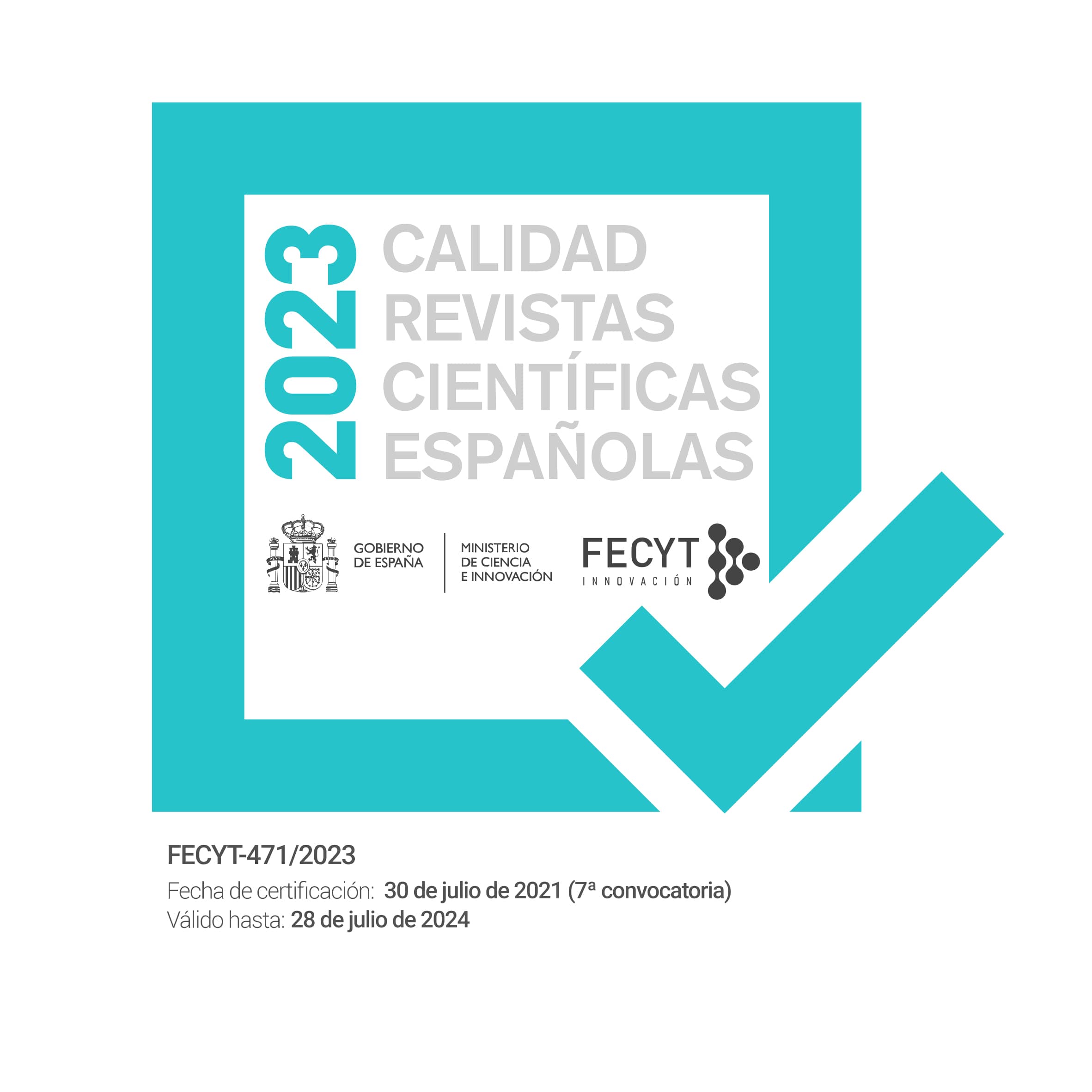Nurse-patient ratios or nurse assistant patient ratios and its relationship with the presence of adverse events in intensive care units of Ibague-Colombia
Abstract
The staff required to serve patients influences the quality of the service and is an indicator of positive or adverse events during patient care in hospital settings.Objective: To establish the relationship between the Nurse-patient ratios and nurse assistants patient ratios and the probability of occurrence of adverse events during a shift of three intensive care units in Ibague, Colombia.
Methods: An ecological study, longitudinal, three intensive care units in 1656 Ibague-Colombia shifts observed.
Results: There was an association between the Nurse-patient ratios and the probability of mortality incidence 1/5. (OR: 1.1) 95%, unemployment cardiorrespiratorio.1 / 5 (OR 1.38) 95% infections resulting from health care fifth (OR: 1.10) 95%. The first two variables were studied as general because the limitation imposed by the underreporting demonstrated during the study period. It was shown that only variable, of those analyzed in the study, significantly related to the ratio of nurse assistants-patient ratio the incidence of pressure sores fourth (OR: 1.272) CI: 95%
Conclusions: The Nurse-patient ratio and nurse assistants-patient ratio adverse events are associated with no statistical significance, it is necessary to increase the number of observations and studies to draw strong conclusions about the number of patients per nurse decreasing the risk of AD.
Downloads
The works published in this magazine are subject to the following terms:
1. The Publications Service of the University of Murcia (the publisher) preserves the copyright of the published works, and encourages and allows the reuse of the works under the license for use stated in point 2.
© Servicio de Publicaciones, Universidad de Murcia, 2011 (© Publications Service, University of Murcia, 2011)
2. The works are published in the electronic edition of the journal under Creative Commons Reconocimiento-NoComercial-SinObraDerivada 3.0 España(texto legal) “ a Attribution-NonCommercial-NoDerivatives 3.0 Spain license (legal text)”. They can be copied, used, broadcasted, transmitted and publicly displayed, provided that: i) the authorship and original source of their publication (journal, publisher and URL) are cited; (ii) are not used for commercial purposes; iii) the existence and specifications of this license is mentioned.
3. Conditions of self-archiving. Authors are allowed and encouraged to electronically disseminate the pre-print (pre-reviewed ) and / or post-print (reviewed and accepted for publication) versions of their works prior to publication, as it ensures a wider circulation and dissemination which may lead to a possible increase in its mention and a higher scope among the academic community. RoMEO color: green.













